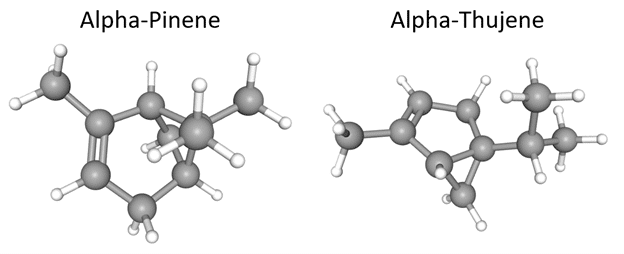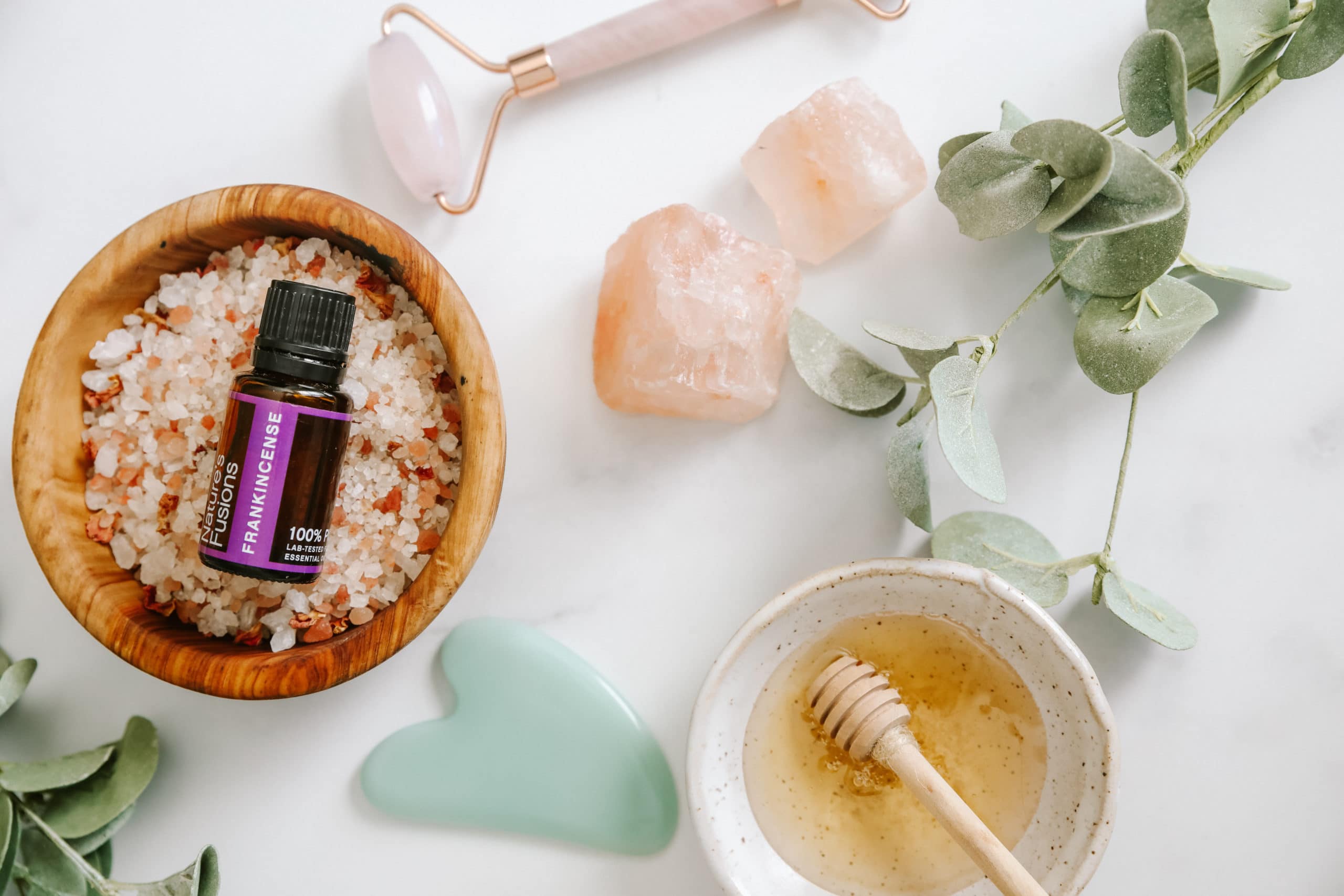Halloween is just around the corner, and it won’t be long before children, teenagers, and fun-loving adults walk the streets in costumes depicting superheroes, cartoon characters, animals, and of course, monsters! One of the most iconic Halloween monsters is Frankenstein’s Monster: a powerful and aggressive humanoid brought to life unnaturally through the power of lightning. He usually has green skin and metal bolts sticking out of his head or neck. But where did this creepy green man come from? Frankenstein is a classic Gothic novel featuring an egotistical mad scientist and his unusual creation—
Wait, what’s that you said? Our blog is supposed to focus on essential oils, not monsters? Let me check… Oh, now I see, my notes say Frankincense, not Frankenstein. Oops! Well, let’s see if we can learn some fun facts about frankincense, an oil I’m certain that both Dr. Frankenstein and his monster would have benefited from using on their skin.
A Rich Fragrance from Across the Sea
Frankincense oil has a long, rich history as a fragrance. It was popular as an incense for religious ceremonies as early as 1500 BC, and is still regularly incorporated into modern perfumes. The name “frankincense” comes from the Old French phrase franc encens, which translates to “high-quality incense.” Frankincense was traditionally harvested from hardened sap of the Boswellia carterii tree, which is native to the Middle East. Frankincense was an incredibly versatile substance in the developing world, it was used to smooth ragged hair, hide bad breath, and was even burned to make make-up and tattoos out of the ashes. Who knows, maybe a little frankincense was all that Frankenstein’s monster would have needed to freshen up his appearance and find acceptance in society.
Now THAT is Mad Science!
To ensure the quality of our essential oils, Nature’s Fusions partners with a third-party testing facility to inspect the contents of our essential oils through Gas Chromatography- Mass Spectrometry, or GCMS for short. During GCMS, each sample is separated by vaporizing the sample, mixing it with a viscous liquid, and then putting it through separating columns. Once separated, tiny portions of the sample are bombarded with electrons, and the ways that the electrons react to hitting the sample can be analyzed to tell us which kind of molecules compose the sample. Our frankincense oil was analyzed through GCMS, and the results shows that the three most common substances in frankincense oil were alpha-pinene (29.88%), limonene (15.97%) and alpha-thujene (8.45%) (fig. 1). Each of these chemicals are classified as monoterpenes, in fact, 78.4% of all chemicals in Nature’s Fusions frankincense oil are monoterpenes. This category of chemicals all have the molecular formula C10H16, despite having radically different shapes and scents.


Experiment With Mixing Frankincense and Other Oils
Our (not mad) scientists at Nature’s Fusions have discovered some fantastic oil combinations including frankincense oil. One of them is Lullaby a sleep and relaxation blend of oils perfect for bedtime. Or if you need to wind down after a particularly stressful day, Eye of the Storm may be the perfect calming blend to sooth frayed nerves and still a racing mind. If you would like to do a little experimental oil-mixing on your own, we suggest pairing frankincense with bergamot, cedarwood, cinnamon bark, basil, cardamom, clary sage, geranium, and ginger. But there’s no need rely on our combinations, it’s time to embrace your own inner mad scientist and create something new! Perhaps you’ll find a new, perfect combination for your needs as you experiment with blending our essential oils.


